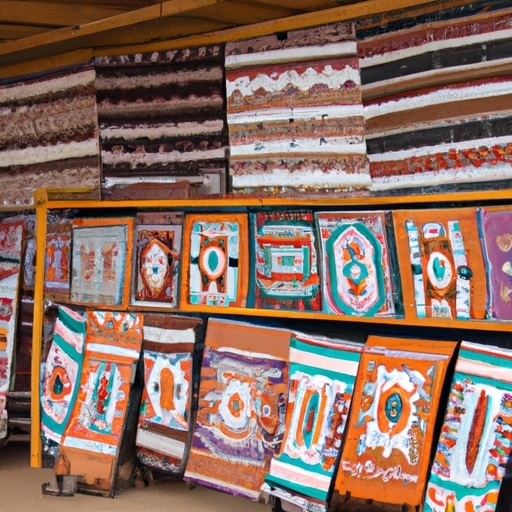what percent native american am i
History and significance of Native American rug weaving
DNA tests are a powerful tool that can provide estimates of an individual's percentage of Native American heritage. These tests analyze specific markers in a person's DNA to determine their genetic ancestry, including any Native American heritage they may have.
When someone takes a DNA test to determine their percentage of Native American ancestry, the test looks for specific genetic markers that are common among indigenous populations. By comparing these markers to reference databases of Native American DNA samples, the test can estimate the individual's percentage of Native American heritage with a certain degree of accuracy.
It is important to note that DNA tests can only provide estimates of an individual's Native American ancestry, as there is always some margin of error in these calculations. Additionally, genetic ancestry does not necessarily correlate with cultural or tribal affiliation.
Overall, DNA tests can be a useful tool for individuals who are curious about their heritage and want to learn more about their genetic roots. While these tests cannot definitively answer the question "What percent Native American am I?" they can provide valuable insights into one's ancestral background.
